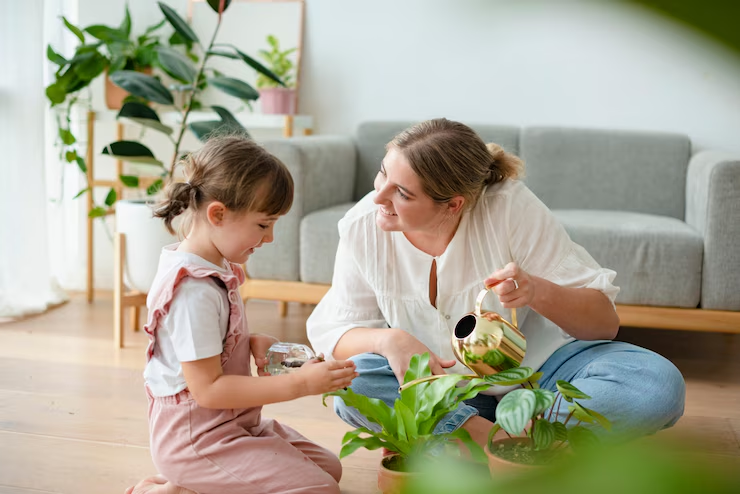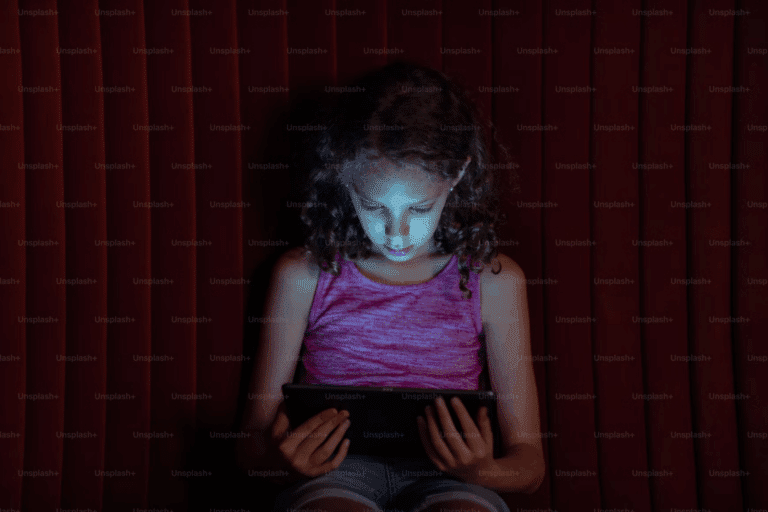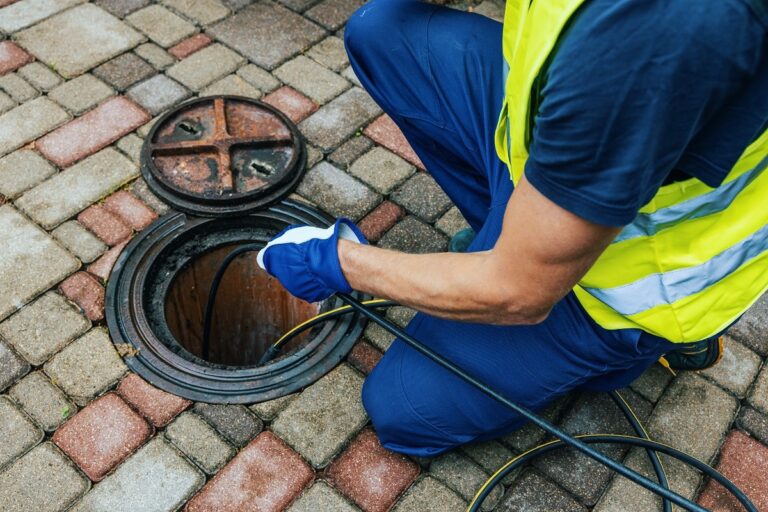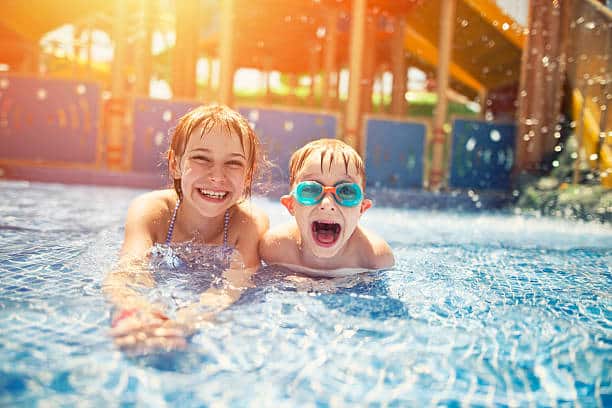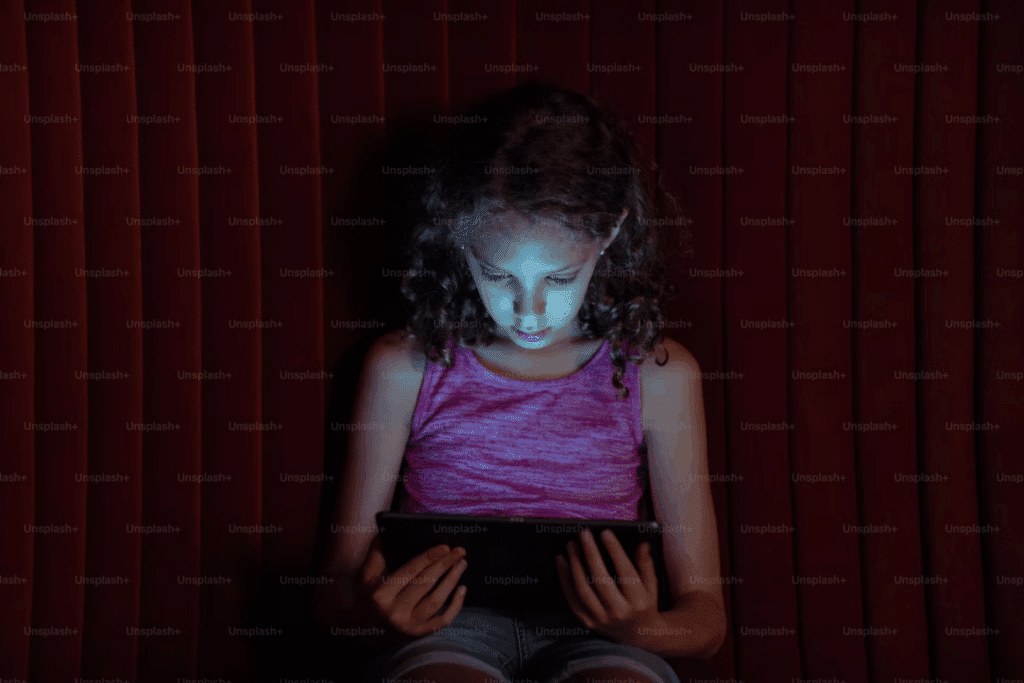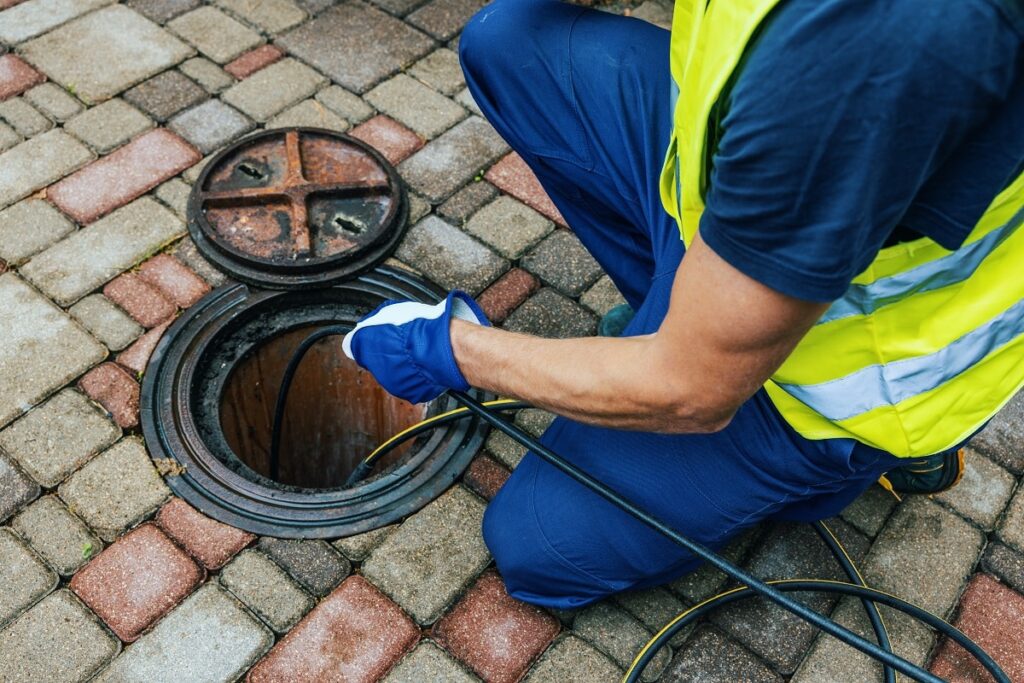Parents face many challenges today, including concerns about our planet’s future. Sustainable parenting isn’t just trendy—it’s impactful. As a mom of 5 energetic children, I’ve seen firsthand how our daily choices add up. The average child uses 4,000-6,000 disposable diapers before potty training, creating nearly 2 tons of waste—multiply that by five in our household, and the environmental impact becomes staggering!
Fortunately, small changes in our parenting approach can benefit the environment while teaching children lasting values. Going green might seem overwhelming initially (believe me, I felt completely overwhelmed when I started this journey with my first child), but I’m sharing practical, budget-friendly tips that have worked for our busy family of seven and can work for families at any stage of their eco-journey.
Getting Started with Sustainable Parenting Tips
What is Sustainable Parenting?
Sustainable parenting integrates environmental protection, cost savings, and social responsibility. It differs from conventional approaches by considering the environmental impacts of parenting choices. Contrary to popular belief, it doesn’t require perfection or expensive products.
The three pillars that guide sustainable parenting are:
- Environmental consciousness – reducing waste, conserving resources, and minimizing pollution
- Economic sustainability – making choices that are financially viable long term
- Social responsibility – teaching children to care for their communities and consider global impacts
Children raised with these values develop stronger connections with nature, awareness of resources, and empathy. Family households contribute significantly to carbon emissions, but also have tremendous potential for positive environmental change.
Sustainable Baby Essentials
Modern cloth diapers offer significant savings compared to disposables despite the initial investment. Starting with just a few makes the transition easier.
For times when cloth just ain’t gonna work (like travel or daycare), look into eco-friendlier disposable options like:
- Biodegradable diapers made from bamboo
- Compostable options (though these require special composting facilities)
- Diapers with reduced plastic content
Non-toxic baby skincare and sustainable nursery items like secondhand furniture provide safer, eco-friendly alternatives while saving money. Used baby clothes are another economical and sustainable option.
Green Parenting Through the Toddler Years
Eco-friendly toys promote creativity and longer play sessions. Focus on sustainable materials that foster imagination. Sustainable craft supplies can also provide hours of creative play while teaching children about reusing and repurposing materials.
Look for items made from sustainable materials like:
- FSC-certified wood
- Natural rubber
- Organic cotton
- Wool
Teaching sustainability through daily routines begins early with simple tasks. Experience-based birthday celebrations and cloth training pants during potty training further reduce waste.
Creating an Eco-Conscious Household
Strategic meal planning reduces food waste and packaging while saving money. Natural cleaning products create a safer environment with minimal ingredients. Decluttering your living space and committing to a more minimalist home is another powerful way to create a more sustainable household while teaching children about mindful consumption.
Here are simple energy and water conservation strategies our whole family follows:
- “One-minute showers” for shampooing (then turn water off while lathering)
- “Submarine lights” game (keeping lights off whenever possible)
- “Energy detectives” who look for plugged-in devices not being used (I recommend no younger than age 5 for this one to ensure babies and toddlers stay away from outlets)
Family gardening builds pride in growing food, while kid-friendly recycling stations make waste management accessible to children.
Sustainable Transportation and Travel
A “car-light” lifestyle combines biking for short trips with driving for longer journeys. Children often prefer cycling to driving.
For family road trips, we’ve developed some sustainable hacks:
- Packing zero-waste snacks in reusable containers
- Bringing our own refillable water bottles and coffee mugs
- Researching eco-friendly attractions at our destination
- Only buying the food we will eat to minimize extras if we aren’t able to store leftovers
Teaching responsible tourism and exploring local attractions promotes sustainability while creating meaningful family memories.
Raising Environmentally Conscious Children
Environmental education happens naturally through daily activities, children’s books, and interactive apps. Regular nature connection builds environmental awareness.
Nature connection activities form the cornerstone of raising eco-conscious kids. We practice these regularly:
- Sensory scavenger hunts (find something rough, smooth, fragrant, etc.)
- Animal tracking after rain or snow (this also doubles as a winter survival hack as we live in a cold climate with a lot of snow!)
- Cloud watching and weather prediction
- Seasonal nature journaling with drawings or photos
Modeling sustainable behaviors proves more effective than lecturing, while dedicated outdoor time strengthens children’s connection to nature.
Sustainable Parenting on a Budget
Contrary to common belief, sustainable parenting often costs less than conventional approaches. Reusable products and reduced consumption generate significant savings.
DIY alternatives have replaced many commercial products in our home:
- Homemade playdough (lasts longer and no weird ingredients)
- Beeswax wraps instead of plastic wrap
- Natural cleaning sprays in reusable glass bottles
- Simple wooden toys made from scrap lumber
Community resource sharing through tool libraries and swap events extends sustainability beyond individual families while building social connections.
Frequently Asked Questions
Can sustainable parenting really make a difference to the environment?
Yes. Collective family choices create real impact. Cloth diapers save 2 tons of landfill waste per child. Eco-conscious children influence others and maintain sustainable habits as adults.
How do I balance sustainability with the demands of modern parenting?
Start small. Choose one or two sustainable switches that fit your lifestyle. Remember that sustainability includes your wellbeing—convenience is sometimes necessary. Focus on progress, not perfection.
What are the easiest sustainable parenting practices to implement?
Second-hand shopping, reducing food waste through meal planning, walking or biking for short trips, and creating a plastic-free play environment. Choose practices that fit naturally into your existing routine.
At what age should I start teaching my child about sustainability?
There’s no such thing as starting too early. Young children learn through observing your daily habits. Toddlers can help sort recycling, preschoolers can assist with gardening, and school-age children can participate in family decisions about consumption.
Final Note
Sustainable parenting doesn’t require perfection—just mindful choices when possible. Small steps create positive change for your family and planet. Teaching eco-friendly habits gives children practical skills and environmental awareness.
Watching my 7-year-old collect apple seeds “because trees help the Earth breathe” shows we’re raising environmental stewards, not just reducing waste.
This journey has good days and challenging ones. Some days you’ll meet your eco-goals, other days convenience wins—both are okay! What sustainable practice will your family try first?

